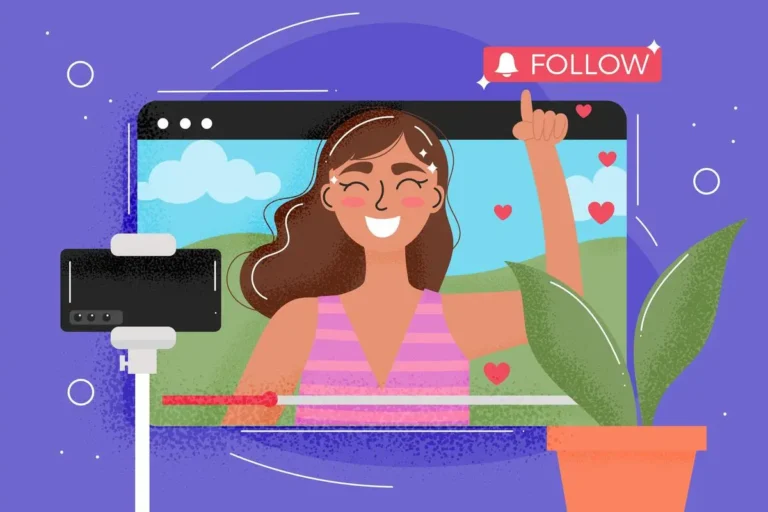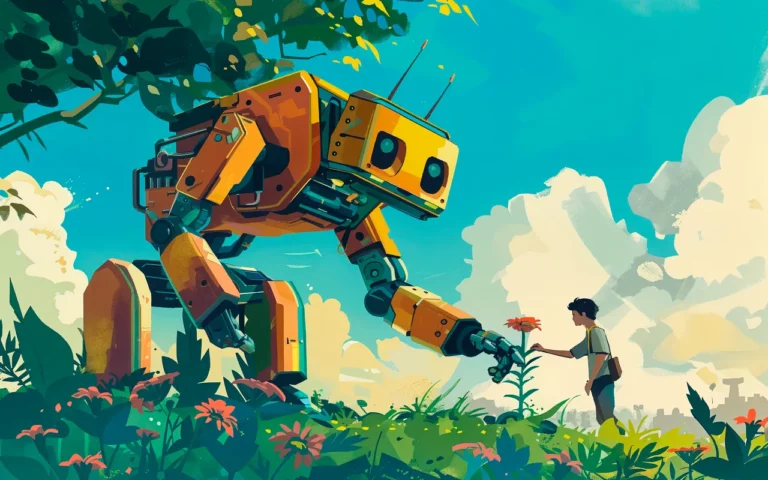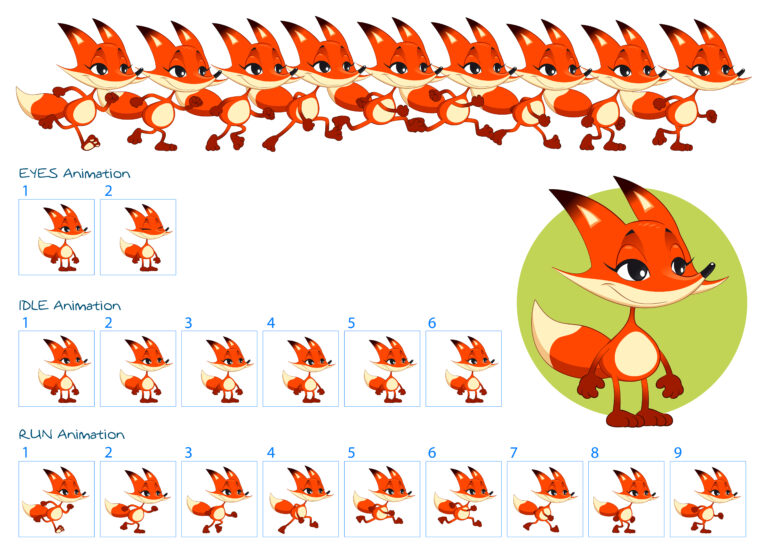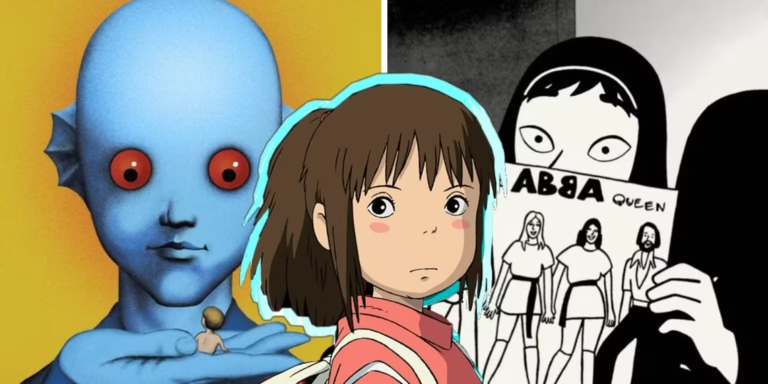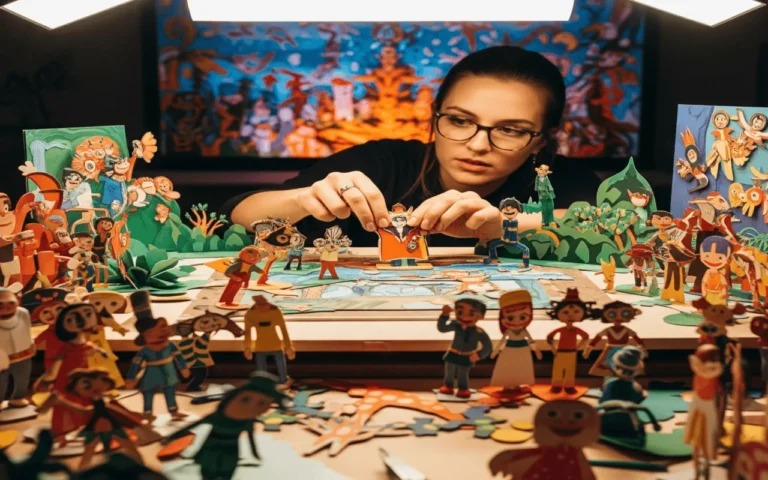When we think of animation, our minds often drift to fun characters, colorful scenes, and entertaining stories that captivate both young and old alike.
But animation is more than just about fun and games—it’s a powerful tool that can help kids grow emotionally, socially, and intellectually!
In today’s digital age, 3D animation’s uses have become integral in shaping how children experience the world, learn new concepts, and connect with others.
So, why should we care about animation in children’s lives? It turns out the benefits are vast and far-reaching!
Whether it’s boosting creativity, improving language skills, or teaching empathy, Pixune’s kid’s animation services strive to reach immense power in the developmental journey of children.
In this article, we explore how animation impacts children in various ways! From cognitive development to fostering emotional intelligence, animation provides countless benefits for kids that go beyond simple entertainment.

Need Animation Services?
Visit our Animation Service page to see how we can help bring your ideas to life!
What Are The Benefits of Animation for Kids?
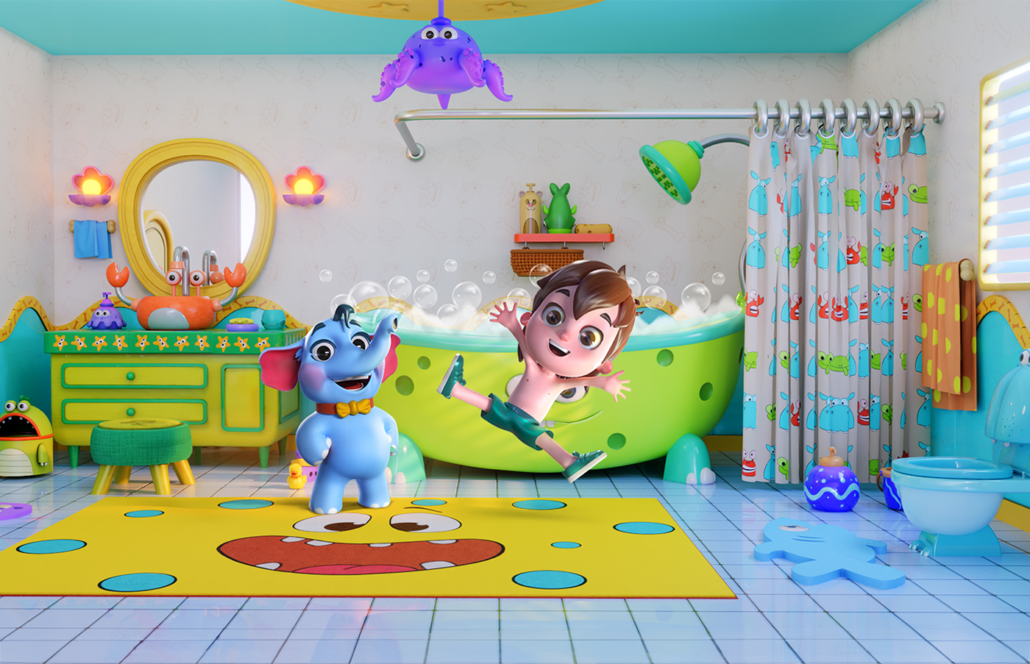
Let’s dive into how animation positively impacts children’s lives and nurtures their growth into well-rounded individuals.
In the following, we will review just a few of the many ways animations support kids’ overall development:
Cognitive Development:
Kids are naturally curious; animation caters to that curiosity by exposing them to new worlds, ideas, and concepts.
Visually appealing bright colors, fast-paced action, and imaginative characters in animated content stimulate children’s brains and make learning both exciting and accessible.
- Problem-Solving Skills: Animated shows often center around characters who face challenges and obstacles, teaching kids valuable lessons in problem-solving characteristics.
Whether it’s a character figuring out how to overcome an obstacle or a team of friends working together to solve a mystery, animation gives children the chance to think critically about solutions. - Understanding Cause and Effect: Animation helps children grasp the concept of cause and effect in a simple yet engaging way.
When characters take action and experience consequences, kids start to see how their own actions in real life lead to outcomes, good or bad, helping them develop a deeper understanding of the world around them. - Memory Retention and Attention Span: Engaging animation is great for improving children’s memory and attention span.
With its visual storytelling and vibrant colors, kids can absorb and retain more information compared to traditional learning methods. Since kids are naturally drawn to animated characters, they are more likely to stay engaged and absorb the presented material.
For instance, Disney’s animations are delicately drawn to attract children and engage them with real-life matters in a healthy approach.
Emotional Development:
Animation is uniquely positioned to help children explore and express their emotions.
Characters in animated shows often experience a wide range of feelings—joy, sadness, fear, and excitement—and by watching them navigate their emotions, children learn how to identify and manage their own.
- Emotional Intelligence: One of the most significant emotional benefits of animation for kids is the development of emotional intelligence (EQ).
By witnessing how characters cope with difficult situations, express their emotions, and work through problems, children learn how to recognize and express their own feelings in healthy ways.
Animated characters can act as role models, teaching children about self-regulation, empathy, and resilience. - Empathy and Compassion: Animated stories often feature characters that demonstrate kindness, understanding, and empathy toward others.
Kids can watch how characters care for each other, resolve conflicts, and support one another through tough times. These experiences help foster empathy in children, teaching them the importance of caring for others and understanding different perspectives. - Social and Emotional Skills: Watching characters interact with each other—whether they’re friends, family, or strangers—helps children learn about relationships, teamwork, and communication.
They learn the importance of cooperation, sharing, and respecting others’ feelings, all of which are vital skills in building social and emotional connections.
The Emotional and Social Development Benefits of Animation for Kids
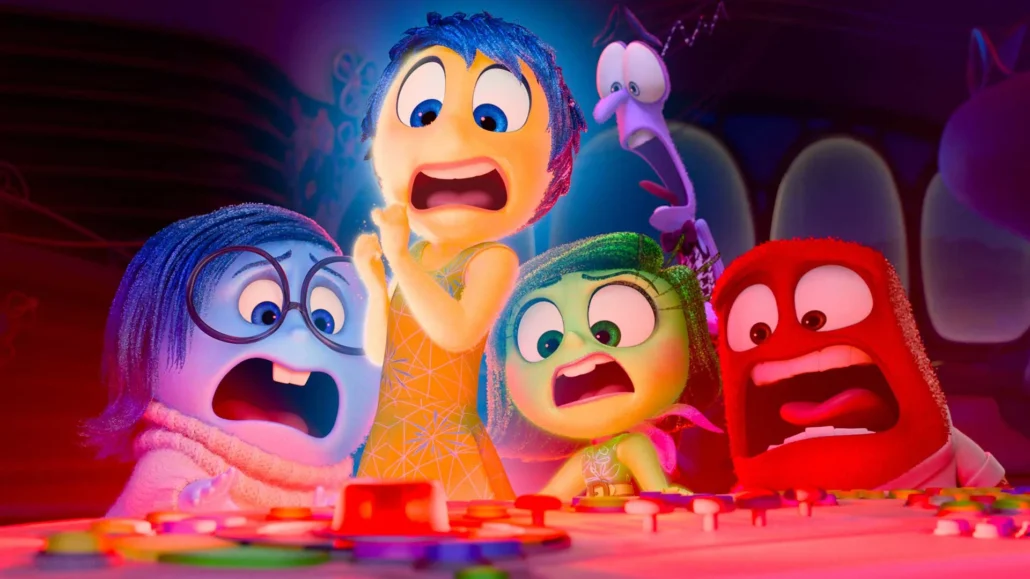
As children engage with animated content, they don’t just passively observe—they become part of the experience, growing emotionally and socially in the process.
In the following, we’ll examine how animation services help kids develop critical emotional and social skills:
Building Social Connections!
Animation often places characters in different social situations to subtly teach children how to interact with others. Whether it’s making new friends, resolving conflicts, or showing kindness, animated characters help kids understand social norms and appropriate behavior.
- Friendship and Teamwork: Animated characters frequently form bonds of friendship and work together to achieve common goals. With this framework in mind, we can teach kids the importance of cooperation and teamwork.
When children see characters sharing, collaborating, and supporting each other, they learn that social interactions are not only about individual gain but about building strong, supportive relationships. - Conflict Resolution: Animated characters often find themselves in conflicts with others, and their journey toward resolving those conflicts can teach valuable life lessons.
Watching characters work through misunderstandings or disagreements offers children strategies for managing conflicts in their own lives, whether at school or home.
Self-Identity and Self-Expression!
Kids are in the process of discovering who they are, and animation provides a medium for them to explore their identities and feelings.
By watching characters with diverse personalities, backgrounds, and experiences, children can relate to them, feel understood, and build a unique sense of self.
- Representation and Role Models: Representation in animation allows kids to see themselves reflected on screen, whether it’s through characters of different races, genders, or abilities.
This method can help children feel validated and empowered to embrace who they are. Animated characters also act as role models, offering examples of courage, kindness, and perseverance.
Through animations like Inside Out, kids become familiar with emotions and learn how to express them in a healthy and appropriate manner. - Inspiring Creativity: Kids watching animated content are often inspired to create their own stories and characters.
Whether through drawing, storytelling, or play, animation encourages children to use their imaginations and express themselves in unique ways. Creativity is a powerful tool for building confidence as kids realize that they can create and shape their own narratives.
Mixing Entertainment and Engagement!
Animation is one of the most effective forms of entertainment, capturing kids’ attention and keeping them engaged.
But what’s more important is that this entertainment has an educational component, making it not only fun but also enriching for children.
Making Learning Fun!
Kids often struggle to concentrate during traditional educational activities, but animation provides an enjoyable way for children to engage with new topics.
Whether it’s exploring science, history, or language, animated shows make learning feel like an adventure through several approaches:
- Interactive Content: Many modern animated programs offer interactive elements where children can participate in the story!
These interactive elements—such as quizzes, puzzles, or choose-your-own-adventure style episodes—enhance engagement and make the learning experience more immersive and hands-on.
For instance, skilled animators use psychological shape language techniques to engage kids with their visual content. - Stimulating Curiosity: Animation often sparks curiosity in children by presenting complex ideas in a simple, digestible format.
Whether it’s learning about space, animals, or the human body, animation encourages kids to ask questions, explore new concepts, and seek out additional information.
Expanding Visual Literacy!
In a world dominated by visual media, visual literacy is becoming more critical than ever.
Kids need to develop the ability to interpret and understand visual content, and animation plays a key role in helping them do this.
- Understanding Visual Cues: Animation helps children learn to interpret visual cues like facial expressions, body language, and visual symbolism.
By paying attention to these cues, children can better understand emotions, situations, and narratives.
The psychology in character creation presents animators with a sea of opportunities to influence children’s lives all around the world. - Storytelling through Images: Animation teaches kids how to tell stories through pictures and movement.
This skill is essential in today’s visual world, as children need to understand how to make sense of information presented through infographics, advertisements, and multimedia content.
Storytelling in animation carries various aspects, such as technical and psychological, which can influence children in significant ways.
The Role of Cultural Awareness and Diversity
Animation has the unique ability to introduce children to different cultures, languages, and experiences from around the world.
This exposure to worldwide matters fosters a sense of global awareness and helps kids develop a more inclusive and open-minded worldview.
Learning About Different Cultures!
Through animated films, series, and characters, children can learn about various cultures, traditions, and customs.
Animation allows for the creation of diverse characters and stories that reflect a wide range of experiences, helping kids appreciate the beauty of different cultures and backgrounds.
- Inclusive Representation: Animated shows often feature characters from different cultural backgrounds, showcasing a variety of traditions, foods, languages, and customs.
This all-embracing approach encourages children to appreciate diversity and learn about the rich variety of cultures that make up our world. - Breaking Down Stereotypes: Animation has the power to challenge stereotypes by portraying characters in nuanced, multidimensional ways.
By presenting diverse characters in empowering roles, animation helps break down preconceived notions and promotes acceptance and understanding.
Developing Empathy for Others!
Animation creates emotional connections with characters, and through these connections, children access their inner empathy.
By following characters from different backgrounds and life experiences, kids develop the ability to understand and relate to people who are different from themselves.
- Understanding Differences: Animated content introduces kids to characters who face challenges that they may not experience in their own lives.
Whether it’s dealing with disabilities, different family dynamics, or unique cultural practices, animation teaches kids about the diversity of human experiences and fosters a sense of compassion for others. - Promoting Global Citizenship: Through exposure to animated content from around the world, children begin to see themselves as part of a larger global community.
This approach to empathy helps them develop a sense of global citizenship, encouraging kindness, tolerance, and understanding across other humans and creatures!
To Sum Up
From sparking creativity to promoting emotional intelligence and cultural understanding, the benefits of animation for kids are endless!
Animation has always been much more than just an entertaining escape— in this article, we explored how it’s a powerful educational tool that helps children grow intellectually, emotionally, and socially.
As technology continues to advance and animation becomes more accessible, it will only become more integral in shaping how children experience the world and learn from it.
Unlike some who perceive technological use as harmful for kids, by embracing animation, we are actually providing kids with engaging and entertaining tools for education, fun, and life lessons!

